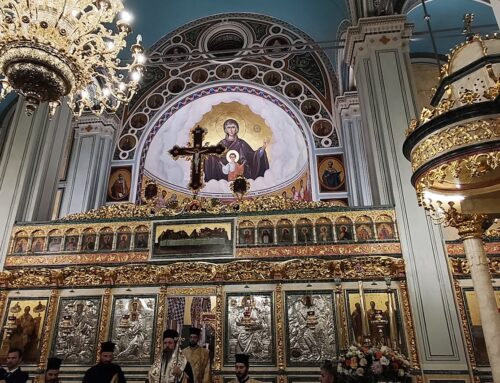
The island of Corfu (Kerkyra in Greek) is more than just a scenic jewel of the Ionian Sea—it is a living tapestry of myth, history, and enduring culture. While today’s visitors often know Corfu for its Venetian alleyways, olive groves, and crystal-clear beaches, the island’s story stretches deep into antiquity, where it played a vital role in the ancient Greek world.
Mythical Origins: Poseidon’s Love and Homer’s Tales
According to Greek mythology, Corfu was the site of an eternal love story. The god Poseidon, enchanted by the beauty of the nymph Korkyra, abducted her and brought her to the island, which he named after her. This romantic legend is the island’s mythical origin and gave it its Greek name, Kerkyra.
The island also plays a role in Homer’s Odyssey. Corfu is widely considered to be the land of the Phaeacians, the seafaring people who rescued Odysseus after his long and perilous journey. Their queen, Arete, and king Alcinous, offered Odysseus shelter and safe passage home—a moment of hospitality and myth that continues to echo through Corfu’s spirit.
From Corinthian Colony to Naval Power
Historically, Corfu was colonized by the Corinthians around 734 BC. It quickly became a powerful city-state, establishing its own colonies such as Epidamnus (modern Durrës in Albania). Tensions with its mother city, Corinth, led to one of the earliest recorded naval battles in Greek history and later contributed to the outbreak of the Peloponnesian War between Athens and Sparta.
This makes Corfu not just a footnote but a key player in the power dynamics of ancient Greece—a place of political intrigue, conflict, and strategic maritime significance.
Archaeological Landmarks and Ancient Ruins
Much of ancient Corfu’s glory may be hidden beneath centuries of architectural layering, but traces remain. Among the most significant:
-
The Temple of Artemis, dating back to around 580 BC, is one of the earliest examples of Doric architecture in Greece. Its famous Gorgon pediment, now housed in the Archaeological Museum of Corfu, is a stunning example of ancient sculpture.
-
Paleopolis, the ancient city of Corfu, near modern-day Kanoni, reveals ruins of Roman baths, temples, an agora, and villas, offering a glimpse into how the city evolved through Greek, Roman, and Byzantine times.
-
The Mon Repos estate, once the residence of British governors and later the birthplace of Prince Philip, sits atop ancient remains, blending colonial elegance with archaeological significance.
A Land Shaped by Civilizations
Corfu’s location made it a strategic crossroads for invaders, settlers, and merchants. From the ancient Greeks to the Romans, Byzantines, Normans, Venetians, French, and British, each civilization left a mark—yet it is the ancient roots of Corfu that provide the bedrock of its identity.
Driving through the island today, one can visit remote ruins, coastal cliffs where ships once anchored, and verdant valleys that once echoed with the voices of philosophers and poets.
To truly explore these hidden gems, many travelers choose a Corfu car rental, allowing them the flexibility to travel from the serene landscapes of Paleokastritsa to the historic remnants of Paleopolis at their own pace—connecting with history in a personal and profound way.















